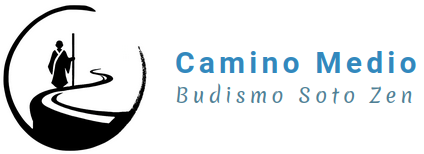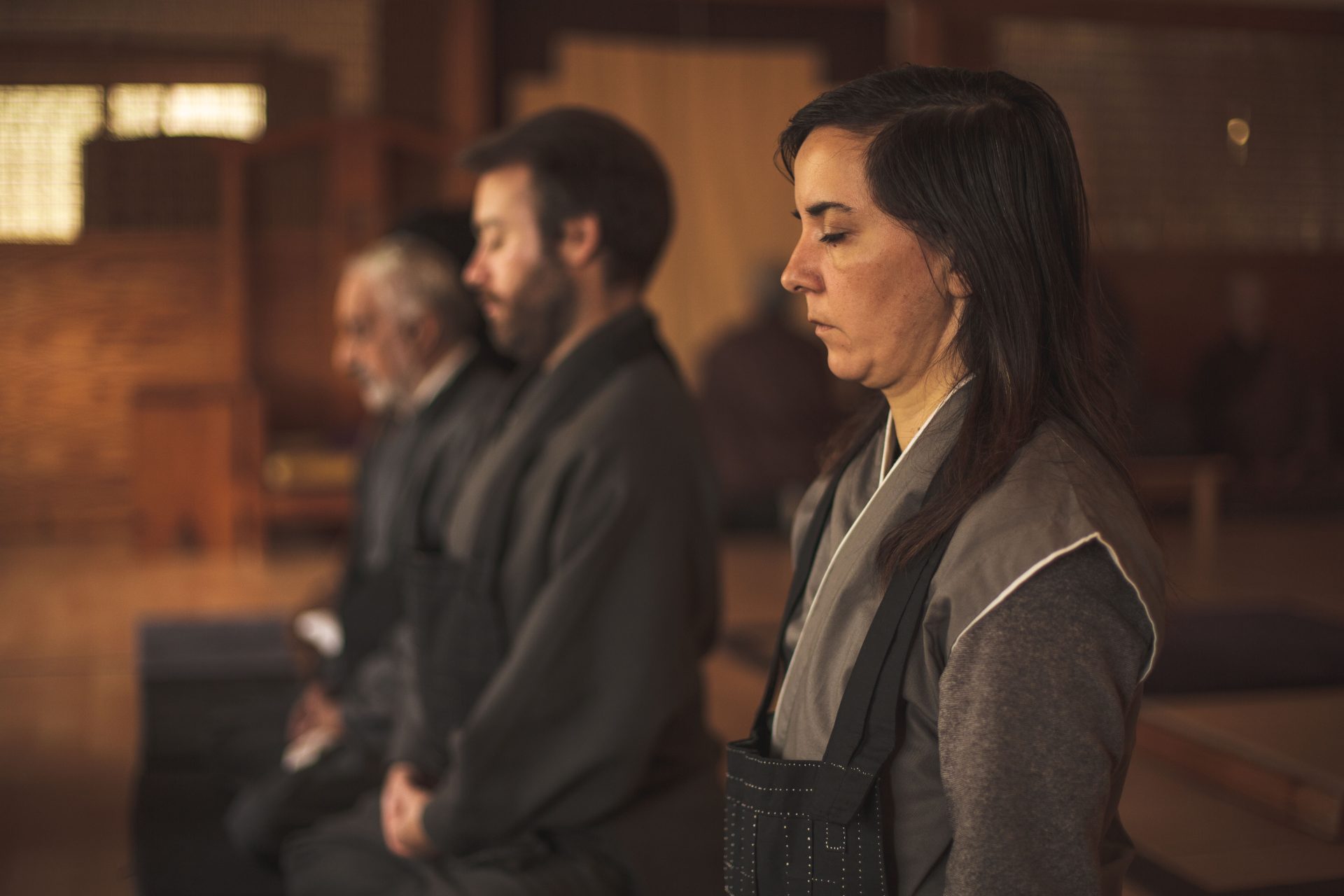The practice of zazen constitutes the essence of Zen Buddhism. Sin zazen, Zen cannot exist. Zazen It is the practice of the Buddha, the experience of awakening consciousness. Through zazen, a deep inner freedom and renewed energy is obtained in our lives.
Before starting zazen, It is important to consider some practical aspects that facilitate concentration and stability. These recommendations are inspired by the practice we do in the dojo (practice place) transmitted by Zen masters. From these guidelines, Each practitioner can adapt them according to their circumstances.
The place
It is advisable to practice zazen in a quiet room, if possible, intended solely for this practice. Lighting should be moderate, neither too bright nor too dim, and the temperature must be comfortable. Simplicity and order are essential. On an altar located in the center, An image of Buddha or a Bodhisattva. In this way, the space will be protected from negative influences. Light incense, candles and offering flowers on the altar is a common practice that reinforces the spiritual atmosphere of the place, turning it into a real dojo.
Entrance to the dojo
Traditionally, At the entrance to the dojo there is a sign that says: “Only those who sincerely seek the Way of the Buddha can enter this dojo”. To enter, it requires firm determination and a genuine desire to practice zazen. It is necessary to put aside social prejudices, cultural and racial, as well as personal ambitions and future concerns. in the dojo, only the present matters.
Upon entering, you must step with your left foot without touching the wooden threshold. Take one step forward and bow in gasshō (palms together). Gasshō is a gesture of respect and unity with other practitioners, in which the right and left hands join, harmonizing internal contradictions. When greeting, It is important that the spine remains straight and that the head follows the line of the spine.
Movement in the dojo
After the bow, It is important to go immediately to the assigned place to zazen, maintaining concentration during the journey. The steps should be short and fast, with his gaze fixed on the ground about two meters from his feet. The hands are placed in the posture called sasshu: the left thumb gathered in the left fist, covered by the right hand, both arms parallel to the ground. This posture symbolizes a combination of inner strength and outer softness., promoting an attitude of care and determination.
in the dojo, you always walk clockwise, following right angles. when walking, A safe distance must be maintained with the person in front, without stopping so as not to interrupt others.
Feel
Upon arrival at the assigned location, Greet in gasshō towards the zafu, turning clockwise and then following the same direction to the center of the room, expressing respect for both the space and the other practitioners. The zafu, a cushion used for zazen, It is a highly valued object in Zen. It is not a common cushion, but the seat of the Buddha. When sitting on the zafu, It is important to do it with control, without dropping suddenly. Posture should be stable and balanced, with your knees firmly on the floor and your spine well aligned.
Immobility
Once the stability of the posture is assured, a gasshō takes place, inhaling through the nose and exhaling through the mouth, before placing your hands in the proper position: left hand on right, palms up, with thumbs gently touching. Correct leg posture and hand muscle tone are essential to maintain immobility during meditation.. Breathing should be silent and nasal, with a long, deep exhalation.
Zazen
Zazen refers to the absorption of consciousness into its original light through perfect stability of body and mind. To achieve this serene balance, It is essential to pay attention to three key aspects:
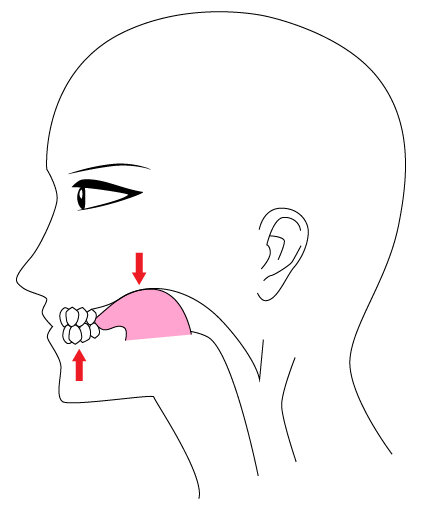
- Correct body posture: The lotus position is ideal for zazen. If it is not possible to adopt it, It is advisable to consult with a Zen master. The pelvis should be slightly tilted forward, allowing internal organs to be optimally positioned, and the spine must be straight.
- Some additional considerations:
- The boca is closed, placing the tip of the tongue against the roof of the mouth just at the beginning of the upper gum.
- Los teeth they touch without tension.
- Los eyes are kept slightly open or half-closed. Looking down at an angle of about 45 degrees, without fixating on anything in particular and allowing anything in the field of vision. If you close your eyes you can easily become sleepy or have daydreams..
- He mudra. Place your right hand, with palm up, and the left hand, with palm up, on the palm of the right hand. The tips of the thumbs should touch lightly. Place the tips of your thumbs in front of your navel and your arms slightly away from your body.. The hands rest on the body depending on the posture, on the feet or in the groin.
- Some additional considerations:
- Correct breathing: Breathing in zazen it's slow, deep and silent, with a long exhalation that contributes to a natural and powerful rhythm. It is important not to force your breathing, but to observe it carefully and allow it to develop in a fluid and relaxed manner.
- Attitude of correct conscience: During zazen, the flow of thoughts slows down, allowing the mind to reach a state of calm and serenity. Thoughts must be let pass without clinging to them or rejecting them., allowing consciousness to immerse itself in a state of purity beyond dualistic thinking.
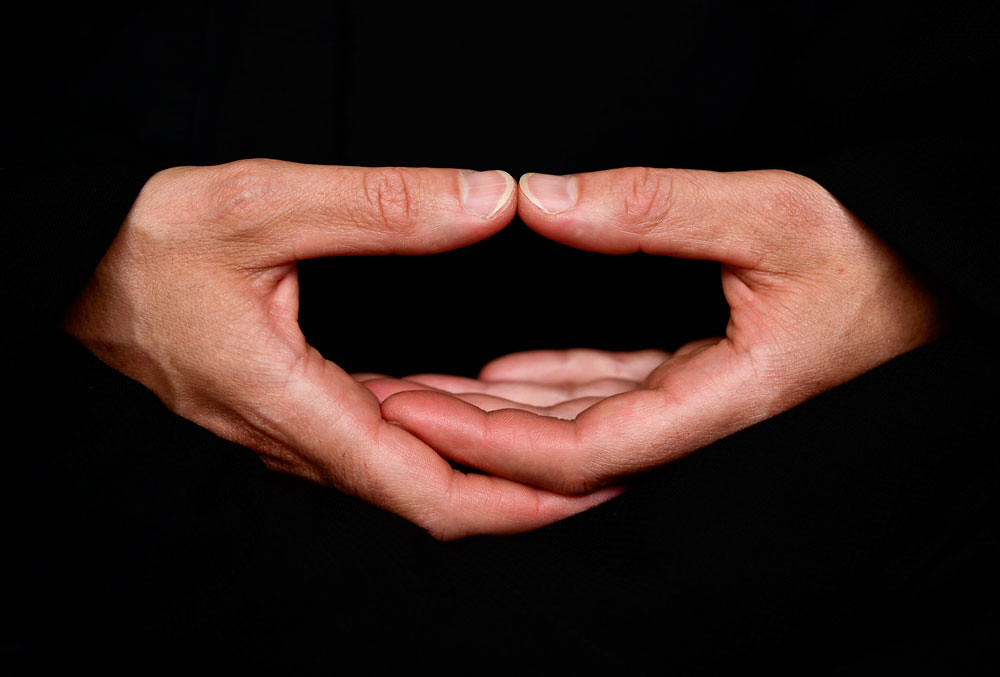
The practice of zazen, with the posture, proper breathing and mental attitude, connects us with our original nature and allows us to experience consciousness beyond the limitations of intellect. In this state, you can achieve a deep understanding of life and the universe, beyond the dualities and oppositions of the ordinary mind.
To enlarge
Excellent article on meditation posture https://conconciencia.com/posturas-meditacion/
Main errors in zazen practice
Dogen Zenji, in his work Fukanzazengi, advises: “Since the beginning of zazen, “We must avoid both physical and mental relaxation and distraction.”. During zazen, It is possible to fall into two states that are harmful to physical and mental health., both contrary to the state of alertness that characterizes the Buddha.
On the one hand, you can fall into a state of excessive relaxation, both physical and mental, characterized by intense unconscious activity, close to dream, and a lack of muscle tone. This state, known in Japanese as container, manifests as drowsiness and lack of mental clarity. Surveillance decreases, conscience becomes dull, the body loses tone, head tilts forward, the thumbs fall and the hands become inert. Breathing becomes totally unconscious, letting yourself go at your own pace.
This state should be avoided. The most effective way to do this is by readjusting your body posture.: straighten the spine, recover muscle tone and, especially, keep your eyes open.
On the other hand, we can fall into a state of distraction and mental dispersion, known in Japanese as sanran. This state is characterized by tense muscle tone and very accelerated mental activity.. Thoughts and sensations proliferate, the same as memories and wishes. This is the typical attitude of those who “they think” during zazen. Physically, chin rises, thumbs tense, and the body twitches. To avoid falling into this state, it is advisable to focus on a long and smooth exhalation, direct attention to the center of the palm of the left hand, and readjust body posture: Pick up your chin and keep your thumbs in a horizontal line.
By balancing the body, the mind is also balanced. As Dōgen Zenji mentions in the Fukanzazengi:
“He zazen What I am talking about is not a meditation technique that is learned.. It is the manifestation of Dharma of peace and happiness, the practice-realization of a perfect awakening. Zazen It is the expression of ultimate reality, that cannot be caught by the traps of the intellect. Once its essence is understood, It resembles a tiger entering the jungle or a dragon diving into the ocean.”
Getting up after zazen
At the end zazen, the first gesture should be a bow in gasshō. Then, We place our closed fists with the thumb inside on our knees., just like at the beginning of zazen, and we swing from left to right, starting with a small angle that gradually widens, repeating this movement seven or eight times before getting up.
When you get up, It is important to move smoothly and without haste, as Dōgen Zenji advises:
“When you get up, move gently, without hurry and without pause, calmly and deliberately. “Don’t get up abruptly.”
With a controlled impulse, we get up from the zafu turning to the right, We surround the zafu on our right and stand behind it, looking towards the wall. Then, we adjust the zafu, spreading the knees, legs and spine, and let the weight of the body fall on the zafu while exhaling deeply. We rise, we bow in gasshō, We turn to the right again and greet the other gasshō practitioners..
Departure from the dojo
If the session zazen it's over, We wait until all the practitioners have adjusted their zafus and, when they are ready, We all together make a gasshô at the altar and greet each other in sasshu, then we left the dojo in sasshu, leaving with the right foot and avoiding touching the wooden beam that marks the exit.
Kin-hin: walking meditation
In the dojo the four fundamental postures are taught: how to sit, how to stand, how to walk and how to lie down, all natural positions of the human body.
Between the sessions of zazen, A specific way of walking called kin-hin is usually practiced. Recognizing the importance of upright posture and walking in human life, Zen Buddhism has developed this style of marching, based on great concentration and perfect harmony between movement and breathing. The practice of kin-hin dates back to Shakyamuni Buddha and has been carefully preserved in Zen. Kin-hin it, in essence, zazen in motion.
After bowing in gasshō towards the zafu and the other practitioners, we place the thumb inside the left fist, which is located in front of the solar plexus, covering it with the palm of the right hand. This position of the hands is called isshu, similar a sasshu, which is used to walk at a fast pace in the dojo, to stand and also to do kin-hin. Each practitioner can choose between sasshu o isshu for kin-hin, depending on your state.
during kin-hin, the spine must be kept straight, the chin tucked in and the nape of the neck aligned. The gaze is fixed on the ground about three meters in front or on the back of the person in front. Kin-hin harmonizes movement with breathing: at the beginning of inspiration, the right foot is advanced. During expiration, all the weight of the body rests on the base of the big toe. It is advisable to feel the contact of your bare foot with the ground. And chin-hin, there are two very different phases:
- Nasal inhalation: It's time to move the corresponding foot forward. The body becomes light, the tension in the arms is relaxed and the center of gravity moves forward. The foot is moved forward just half a step, and when the root of the big toe touches the ground, expiration begins.
- Nasal expiration: Silent and delicate, It's time to push off the ground with the base of your front big toe.. All body weight is supported on the forward leg, that must be kept straight. This phase is dense and requires finding a stable center of gravity, with particular attention to the lower abdomen or hara.
Kin-hin is a rhythmic march that alternates tension and relaxation, inspiration and expiration. It is important to avoid any lateral oscillation and maintain a firm posture, without letting the hips sway. Advanced practitioners appear to slide more than walk, with an imperceptible change between inspiration and expiration.
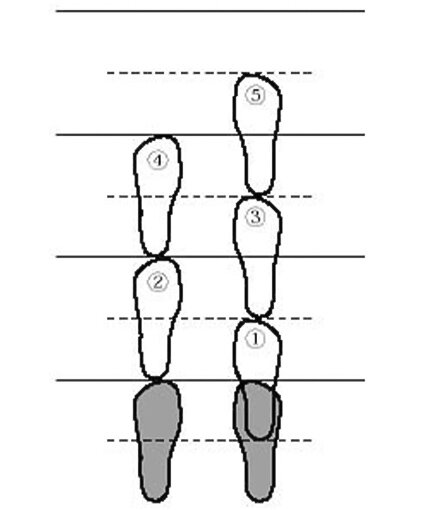
Main mistakes in kin-hin practice
As in zazen, The most common mistakes in kin-hin are excessive relaxation and distraction. If we fall into the state of container, surveillance decreases, muscle tone weakens and attention becomes numb, which causes a slumped posture, the head tilted forward and the arms and hands without strength. In this case, it is necessary to straighten the spine, stretch the neck and tuck the chin, maintaining the invisible line that connects the root of the big toe to the crown of the head. It is advisable to open your eyes in this state.
The other mistake is falling into a hypertensive state, known as sanran. In this case, the head rises, the lumbar curve becomes too accentuated and the back tends to lean backwards. The sphincter contracts and the sexual area opens excessively. Elbows can be raised above the level of the hands, and the neck, the neck and shoulders become stiff. To correct this status, you have to concentrate on a long exhalation, silent and deep, releasing all tension through it. It is essential to keep your pupils fixed and be aware of your feet, which must be parallel. A common mistake is to open the toes too much and bring the heels together., which must be corrected.
When the bell signals the end of kin-hin, we adopt the position of sasshu, We lean slightly forward as a sign of respect, we stand up and return to our place of zazen, walking with short, quick steps, following the practitioner in front of us.
Importance of zafu
He zafu It is essential for the practice of zazen, since it facilitates proper posture. When using a zafu, the pelvis is allowed to tilt slightly forward, which frees the abdomen and allows the internal organs to accommodate more naturally. This helps the spine maintain its natural curves in the correct position.
Without a zafu, it is difficult to achieve adequate lumbar curvature, which makes it more tiring and straining to stay upright in positions such as lotus or half lotus. Besides, without the stability that the zafu provides, It would be difficult to stay in meditation for long periods. The key in zazen is immobility, and to achieve this, a stable posture is essential, something that zafu facilitates.
